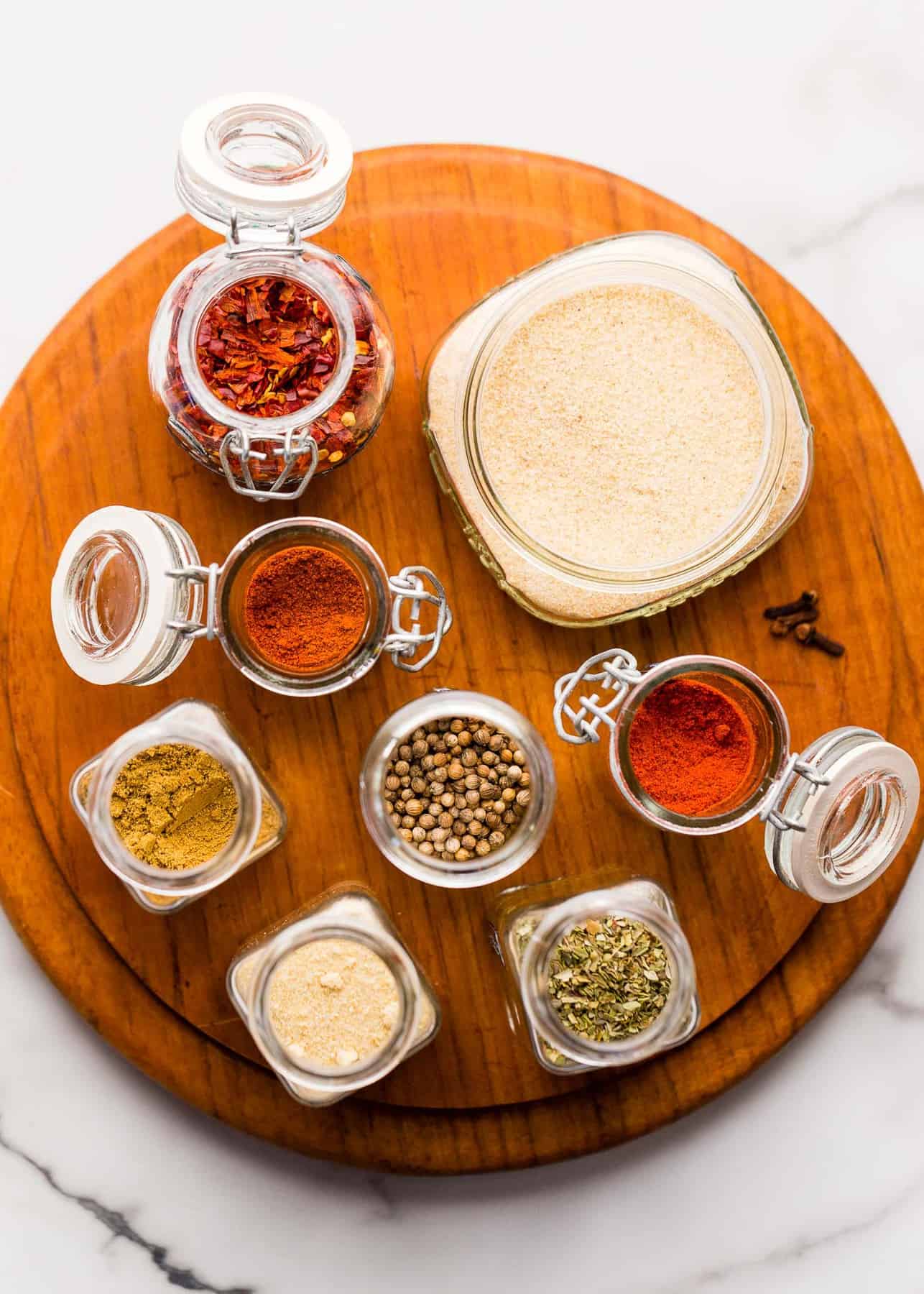Learning to cook is one of the greatest gifts you can give yourself. Preparing your own food is not only extremely rewarding but it's often healthier than relying on convenience foods and can help you save you a lot of money. When you cook for yourself, you gain complete control over the ingredients used, the amount of sodium and fat, and the cooking methods used.
Mise en place
Mise en place, a french phrase meaning "putting in place" refers to the set up done before you begin cooking. This is a crucial practice for success with any food you make. Preparing mis en place before beginning a recipe ensures that you don't have to stop and gather supplies or prepare ingredients (which is important as many recipes have time constraints.) By learning to use mis en place techniques every time you're in the kitchen you avoid common cooking mishaps such as finding you're missing a key ingredient halfway through the recipe, accidentally burning or overcooking something, or making a mistake when measuring ingredients or reading a recipe. Avoiding these common kitchen mistakes saves you time, money, food, and a lot of frustration.
Following the principles of mise en place include:
- Reading a recipe, start to finish.
- Gathering all necessary supplies including ingredients, and cooking equipment.
- Preheating ovens, stoves, etc. as needed.
- Fresh ingredients are washed, chopped or prepared to specifications, and measured out.
- All ingredients should be measured out and arranged in an organized fashion.
Use Quality Ingredients
Great tasting food starts with great tasting ingredients. Quality ingredients = quality food.
- Choose fresh, in season produce.
- Shop as frequently as you can, smaller more frequent shopping trips results in fresher ingredients. Find shopping tips in "Vegan Lifestyle on a Budget" and "Building a Healthy Vegan Grocery List".
- Store quality ingredients with care:
- Learn proper storage for different types of fresh produce.
- Store pantry ingredients in air tight containers in a cool, dark place.
Taste the food
If you're tasting your food frequently, you can adjust cooking times, temperatures, and seasoning as you go along. You'll never have any surprises when you sit down to eat. As your food is cooking, test for seasoning, test for doneness (this will really help when it comes to under or over cooking.)
If you're constantly tasting and making very small increments you're guaranteed to end up with a dish that's perfectly cooked and seasoned.
The art of seasoning
Seasoning your food properly will make all the difference in the world. Sodium might have a bad reputation in prepackaged, heavily processed foods, but using salt in your home cooking will bring out and enhance the flavours of your home cooked dish. You want the finished product to taste flavourful, not bland or salty.
If possible, make sure to season the dish near the end of cooking. Depending on the dish, the volume of food may decrease drastically from start to finish. This often applies to vegetables (especially kale and spinach) and any soups or sauces that need time to simmer. What might have been the perfect amount of seasoning at the beginning may turn out to be way too much at the end.
When it comes to seasoning food, always err on the side of less rather than more. You can easily add a touch more salt, but over-seasoning can ruin a dish. To prevent over-seasoning, do so in tiny increments, mix well, and taste. Continue these steps until the food tastes perfect.
Keep in mind: Using a lot of salt, sugar, and fat is a trick commonly used by inexperienced cooks and companies of commercial and packaged food products to make up for low-quality ingredients and poor cooking methods.
Troubleshooting with Seasonings
Unflavourful and bland: Add a little bit of salt to enhance and bring out flavours (remember: less is better than more!)
Overly acidic: This more common with tomato based dishes like pasta sauces, soups, and chilis. Add a touch of sweetness by adding a little bit of sugar. If the dish is on the lighter side you may want to add a small amount of fat to combat the acidity.
It's missing something? If the dish is flavourful and you've salted it to perfection but you can't help but think that something missing, it could need a touch of acidity - add a tiny bit of fresh lemon or lime, vinegar, or wine. This will pick up and brighten the flavours in savoury foods.
Keep It Simple
If you're new to cooking, rely on simple cooking methods like steaming, sautéing, stir-frying, and baking. Stick to just a few simple ingredients and some light seasonings. For example, a simple vegetable side dish could be sautéed broccoli with garlic, salt, and pepper, or steamed vegetables with a sprinkle of lemon and a little bit of salt. You can start by experimenting with simple seasonings like sea salt, cracked pepper, fresh lemon, and garlic.
Basic Kitchen Supplies
- A large, good quality non-stick skillet or wok
- Saucepans in 3 sizes, small, medium, and very large
- Sharp, quality knife set that includes at least 1 chef's knife and a paring knife
- Vegetable peeler
- Wooden spoons
- Silicone spatula
- Mixing bowls: large, medium, small
- 2 cutting boards: large and small
- Blender (immersion blenders are fine)
As you become more comfortable with cooking, have fun and experiment a little bit! Try new ingredients and different seasonings. Look for inspiration from restaurants, cookbooks, and online resources. The best way to learn to cook is by practicing. Everyone makes mistakes in the kitchen - turn them into learning experiences and don't let yourself feel discouraged. Good luck!

